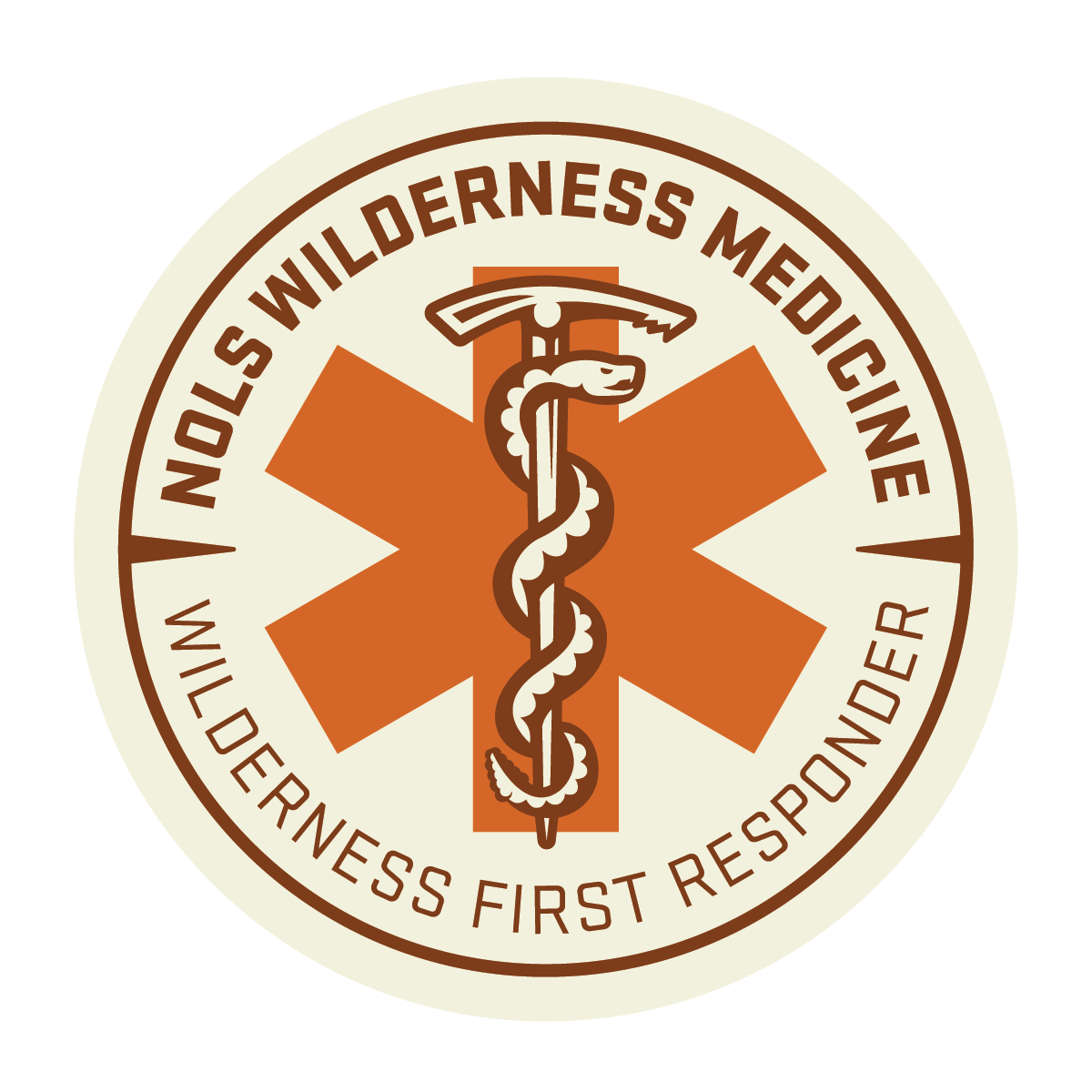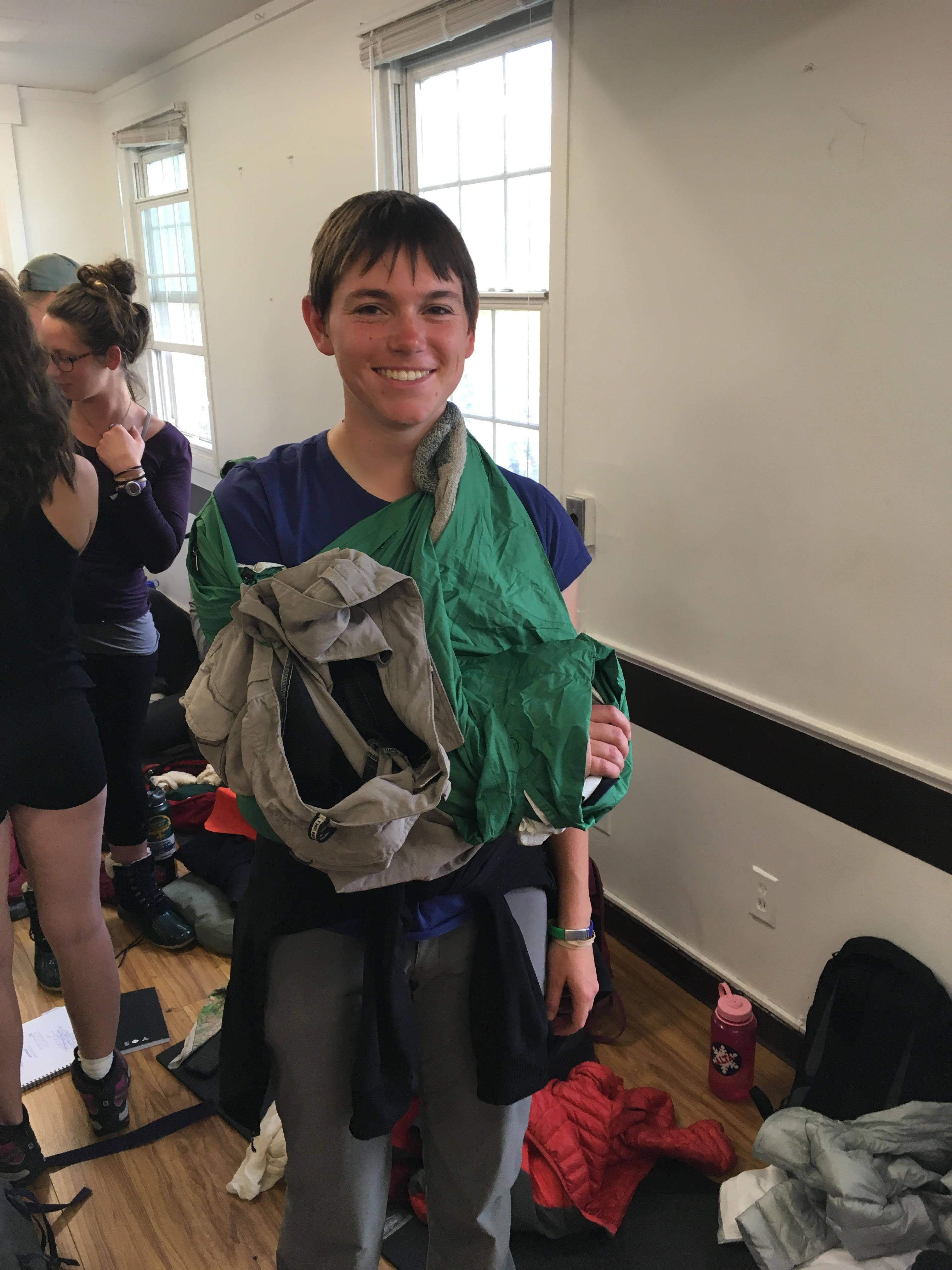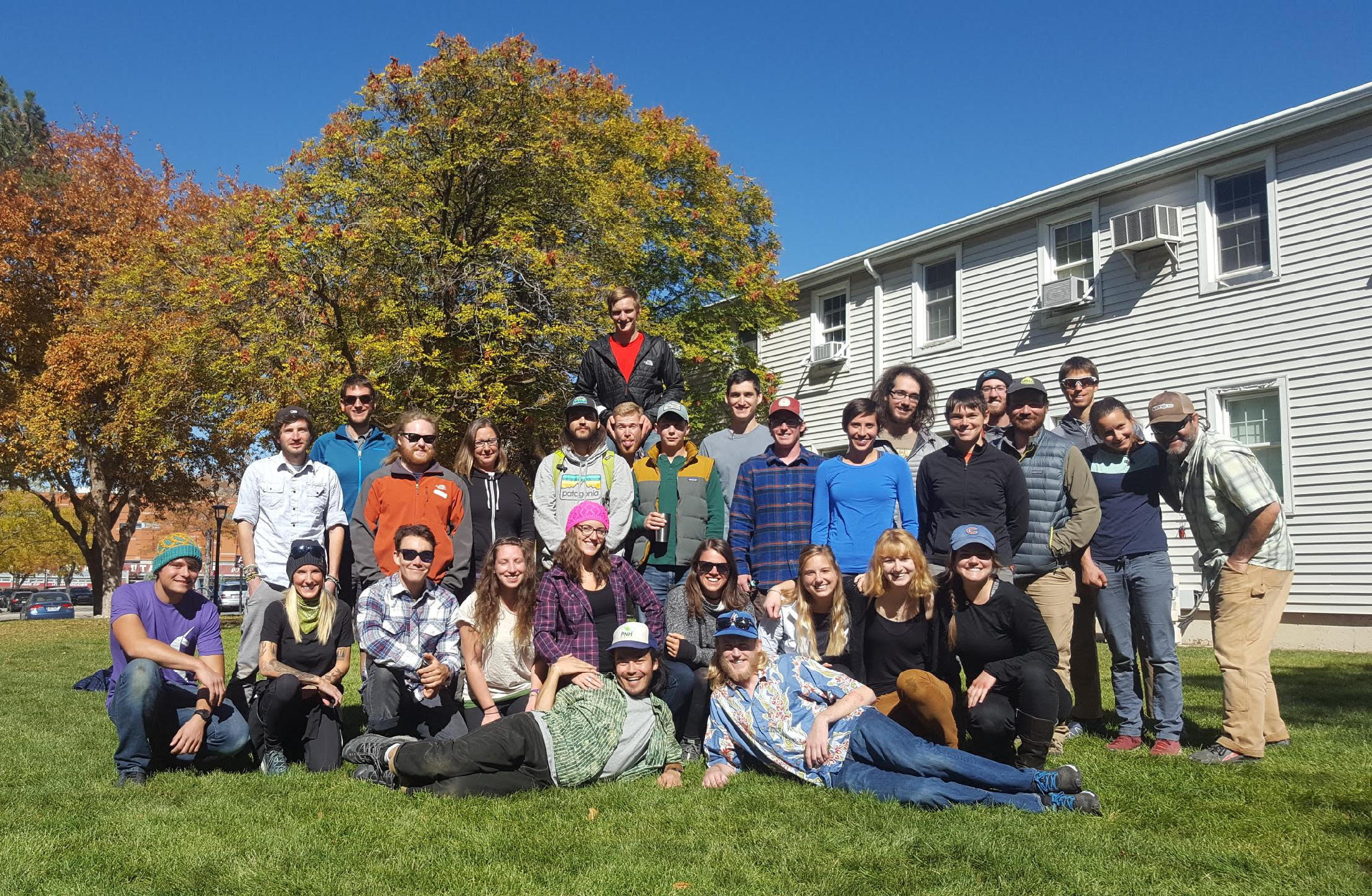Wilderness First Response
, 4 min, 653 words
Tags: ems

In early October, I made my way to Salt Lake City to visit my wonderful grandparents and take a course in wilderness medicine. The Wilderness First Responder (WFR, pronounced “woofer,” like a woofing dog) certification is a virtual necessity for many guiding jobs in the outdoor industry, and also demonstrates a certain level of seriousness towards other outdoor activities. It’s a ten-day, 80-hour course on (approximately speaking) most of the things that can kill you in the wilderness and what to do about them.
Not only is this useful for working in the outdoor industry, it was also just a blast. I had 26 classmates, including guides, mountaineers, firefighters, EMT students, teachers, and everything in between. And with around 80 hours of class time and lots more hanging out and studying together, we got to know each other pretty well! It was an amazing class on the whole. I can tell you all about things that can kill you in the wilderness now, and while diagnosing isn’t in my scope of practice, I can at this point do a thorough patient assessment, determine when someone needs to be evacuated, say how fast they need to get out, and help with those efforts. The course is structured with about 50% classroom time and 50% scenarios, which include assessing patients (classmates), giving reports on patient condition, and managing patient care for varying lengths of time.
A few personal favorites:
- One day shortly before lunch, one of our instructors, Liz, mentioned almost in passing “hey y’all, just so you know it looks like it’ll rain this afternoon. NOAA sometimes gets it wrong in the mountains.” Naturally, several people pulled out pocket internet devices and explained that no, it was supposed to be sunny and clear all afternoon. Liz reiterated “no, I really think it’s going to rain. Sometimes you should just trust your instructors on this one.” Sure enough, our first scenario after lunch involved hypothermic patients and extremly strong, almost horizontal rain…in the form of a hose directed at us by none other than Liz herself. It was an eye-opening and clothes-drenching scenario, but thoroughly empowering; we know now that we can do patient assessments and treatment in all sorts of weather.
- We had a lovely Splint-O-Rama, a friendly splinting competition. We got to do
not only the “common” splints (forearm plus sling and swath, tib/fib splinting,
etc), but also a few really bizarre ones, like a posterior shoulder
dislocation. And all of that with only the gear we would normally take on a day
hike! Improvisation is the name of the game in most wilderness settings. Here’s
me posing as a splint/sling/swath model - by the end of the class we could
improvise a sling out of pants, long-sleeved shirt, jacket, or triangle
bandages.

- Our big night scenario on day eight: I’d been looking forward we this since day one, and it very much lived up to expectations. While I can’t say much about the scenario itself (the first rule of night scenario…), I think I can safely say it forced us to communicate effectively, use resources wisely and above all prioritize patient care.
Our final day was dedicated to a celebration of knowledge, also known as practical and written exams, and I’m very proud to say that I am now WFR-certified!
Thank you so much to our two wonderful NOLS instructors Liz Schmohl and Patrick Wright and my fabulous classmates for an unforgettable (and educational!) experience. I had such a great time that I’m now contemplating doing an EMT course at some point, but in the more immediate future I’m hoping to get some experience with NY state search and rescue.
